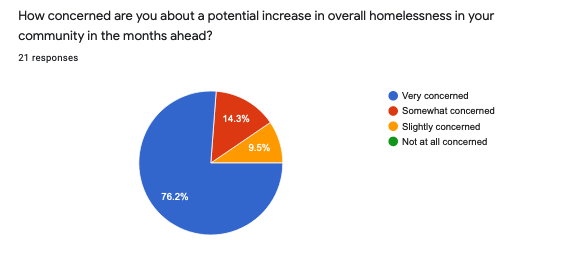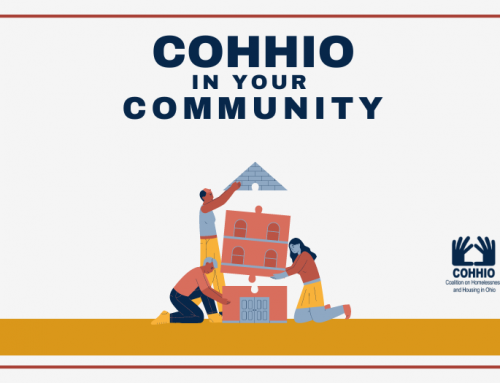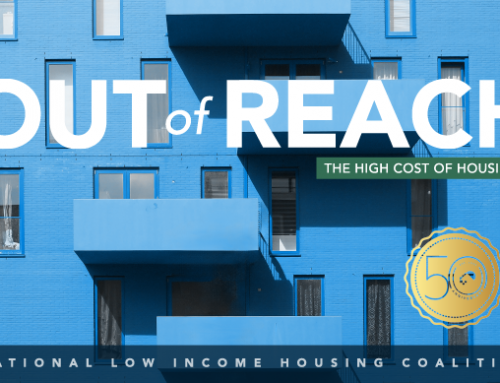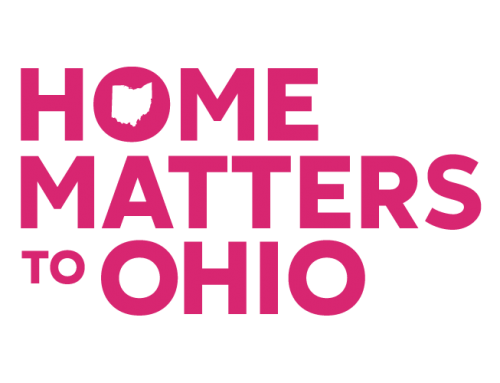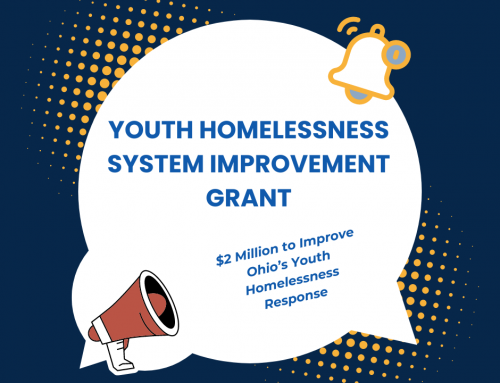In early December COHHIO surveyed Ohio’s continuums of care (CoCs) leads – regional homeless services systems – to determine how the spreading coronavirus pandemic and resulting recession is affecting homelessness throughout the state. Based on the responses, homelessness appears to be increasing in most communities and threatens to outpace providers’ ability to provide emergency shelter to accommodate everyone safely throughout the winter months.
Based on responses from 21 of Ohio’s 24 single county and regional CoC leads, emergency shelters in most communities are already near capacity:
- 11% of CoCs’ shelters are currently over capacity
- 50% of CoCs’ shelters are between 90-100% full
- 22% of CoCs’ shelters are 70-80% full
- 17% of CoCs’ shelters are less than 80% full
While we won’t have official numbers on how many Ohioans are experiencing homelessness until well after January’s Point in Time Count, 71% of CoCs said they have seen indications that unsheltered homelessness has increased in recent months in their communities.
Given the ongoing economic dislocations caused by the pandemic – and expiring funding and protections for affected tenants – CoCs are worried that homelessness in their communities will increase this winter. Asked how concerned are you about a potential increase in overall homelessness in your community in the months ahead, 76% of CoC leads are very concerned, 14% are somewhat concerned, and 10% are slightly concerned.
With social distancing requirements reducing shelters’ capacity, 77% of CoCs lack confidence that they will be able to accommodate everyone who needs shelter throughout the coming winter.
The following are a few of the comments we received from homeless services providers and their clients illustrating the struggle to stay safely housed that so many Ohioans are facing during this winter:
Our community has seen a 750% increase in family homelessness. We are receiving calls daily from individuals and families in need of emergency shelter that are sleeping in tents, abandoned houses, cars in parking lots, and in unsafe locations. Our agency created a waiting list which has 96 children on the waiting list as of today. Many of these children are small or school aged that must attend school virtually and have no safe place to sleep or study.
On March 15th I lost my job of over 3 years which was a Bartender/Server for Red Lobster. A month later I was evicted from my apartment of over a year and a half. Not one time was I ever late on my rent. I was an excellent tenant. My landlord wanted to raise my rent $100 per month – remind you I just lost my job. Then I lost my home. I’m still receiving $202 a week in Unemployment Compensation but I’m out of places to go and stay. My life has been turned upside down by the Covid-19 pandemic. Please help me get into a stable home until I can get back on my feet. I’m a 39 year old single woman with 2 children whom are 19 and 22. They live together in a small 2 bedroom, but there’s just no room for me. I’m getting so overwhelmed I don’t know who to turn to. I’m scared I’m going to lose my car soon if I don’t get a stable home to which I can start trying to find some kind of employment so I can pay my car note. People like me are running outta options and have been out of money for quite some time. There’s got to be something in place for us.
The homeless population feel the pressures of the pandemic at a deeper level than most. Isolation, lack of contact with health providers and families, and limited access to resources compounds their mental health struggles and often trigger addictions. Despite the struggles, these folks do their best to remain positive and to look out for the well-being of one another. They are incredibly intuitive and often recognize struggles in each other before it becomes apparent to advocates. They are very grateful for the shelter, meals, and services they receive.
Shelters continue to need supplies, PPE.
The majority of the homeless population relies on supportive services from various agencies in order to transition to permanent housing. This requires housing support, procuring up to date identification and documentation for family members, locating reliable and affordable daycare, transportation, food assistance, financial assistance, legal assistance for charges and fines, medical and mental health services, and much more. Some of the agencies that provide these crucial services are experiencing a reduction in available hours and resources. Consequently, a significant amount of time is spent with determining when/where/how to apply for services and the period of time waiting for a reply has increased. Unreliable school hours for families and required quarantine through contact tracing adds to the burden, leaving many homeless individuals finding it extremely challenging to make significant progress towards independence.
Our community lacks affordable rentals and landlords that will work with tenants that have barriers. Our youth struggle because without steady income landlords are hesitant to rent to them.
